8 Days Nepal (Nagarkot, Chitwan, Pokhara, Kathmandu)
Kathmandu > Nagarkot 1N > Chitwan 2N > Pokhara 2N > Kathmandu 2N > Kathmandu
Duration
8 Days
Group Size
15 persons
Location
Nepal
Sketch Itinerary
Itinerary
Day 1: Arrival & transfer to Nagarkot (1.5hrs)
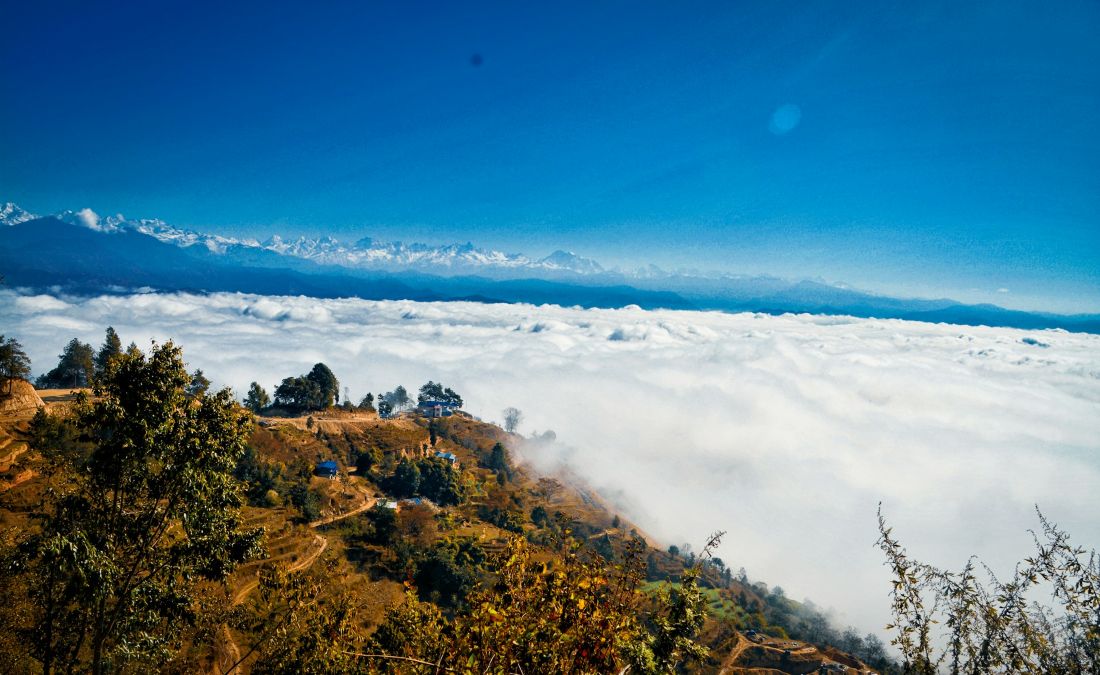
Upon arrival you will be met by our representative and transferred to Nagarkot via Bhaktapur Durbar Square.
Overnight stay in Nagarkot
Day 2: Transfer to Chitwan National Park (6 Hrs Drive)
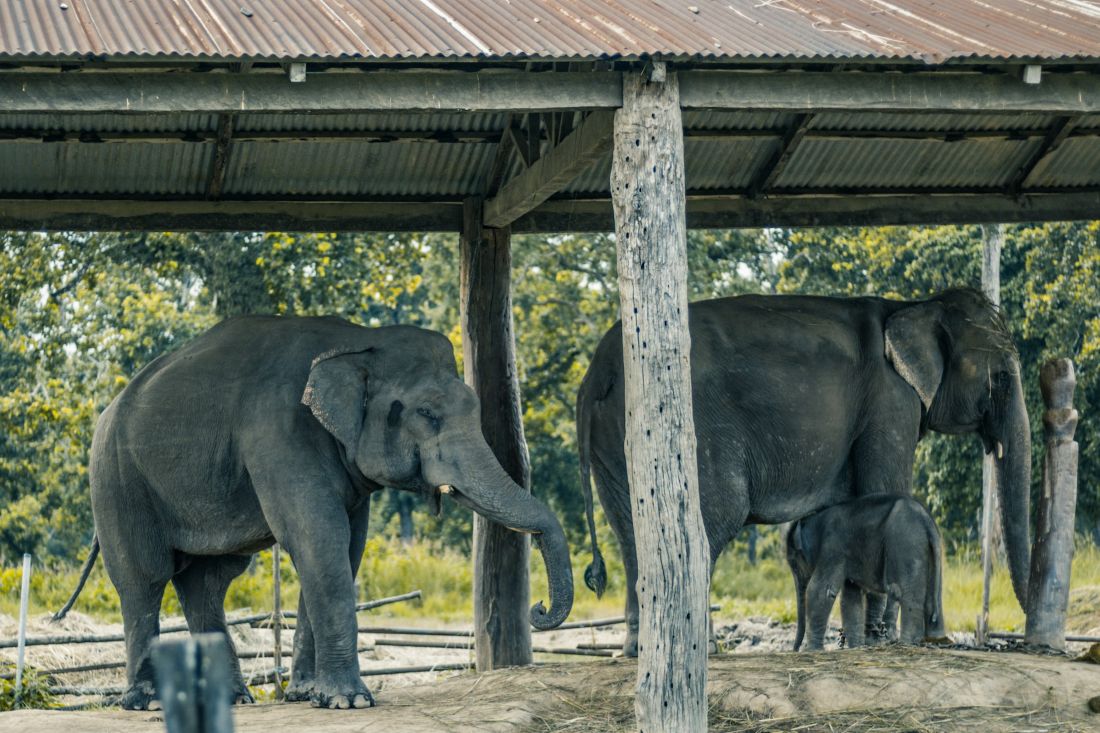
After Breakfast Drive to Chitwan via Doleshwor Mahadev. Reach chitwan late afternoon , Check in at the Hotel / resort , then hotel will give briefing about the jungle Activities. In the evening enjoy Tharu cultural show, Take dinner.
Overnight Stay in Chitwan
Day 3: Jeep safari & Canoe ride

Get ready for the Day of Adventure as we Will Be Doing Jeep Safari along with canoe ride.
Overnight Stay in Chitwan
Day 4: Transfer to Pokhara (6 Hrs)
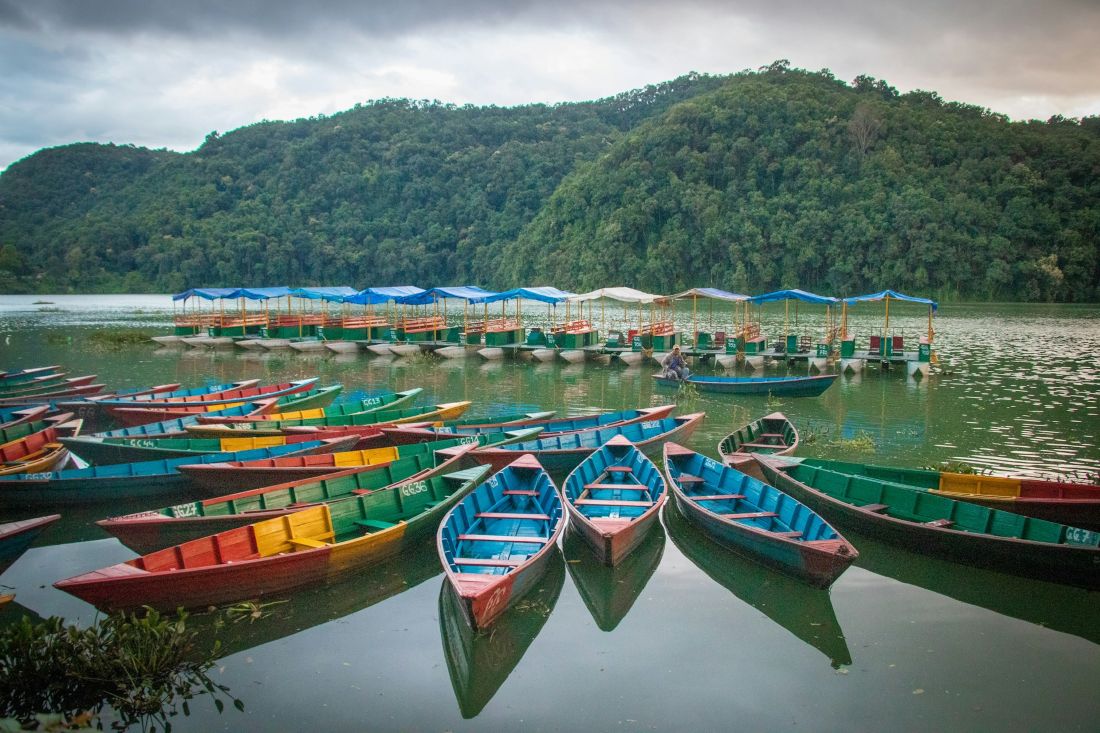
Today after breakfast you will be transferred to Pokhara, visit Manakamana on the way, reach Pokhara in the evening where one can enjoy relaxing walk on the banks of Fewa Lake or lakeside market.
Overnight Stay in Pokhara
Day 5: City Tour of Pokhara (6Hrs Max)
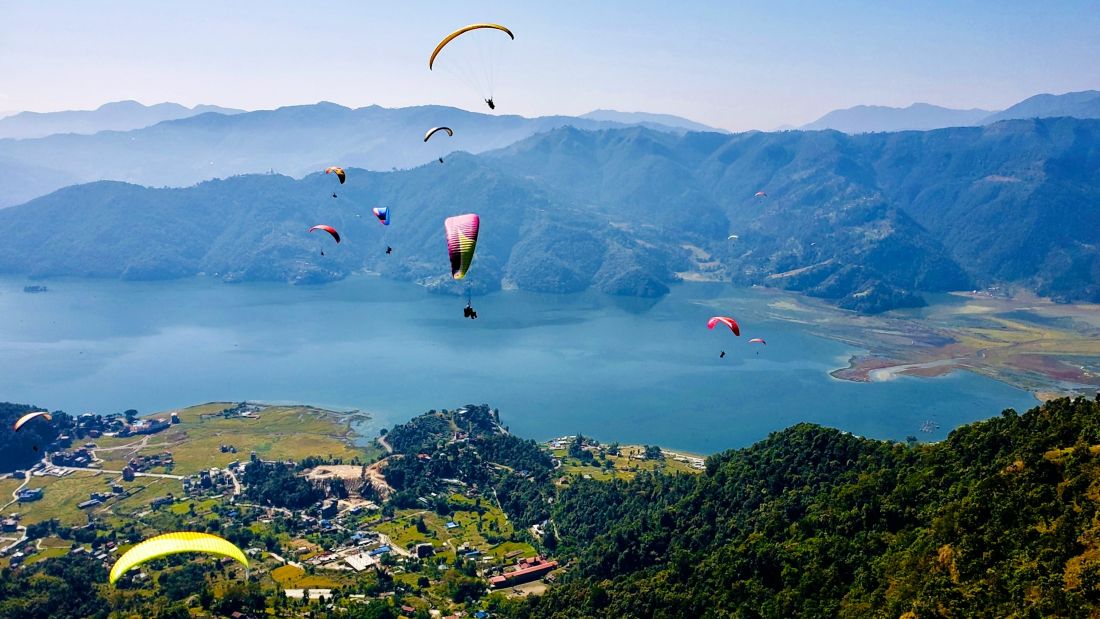
Early In The Morning around 05:00Am You Will Be Taken to Sarangkot (25MinDrive) From Where You Can Enjoy The Sun Rise then Return To Hotel. After Breakfast Proceed for full Day City Tour of Pokhara Which Will Cover Davis Fall, Gupteshwor Mahadev,Seti River , International Mountain Museum, Fewa Lake, Tal Barahi, Bindabasini temple and free for shopping.
Overnight Stay in Pokhara
Day 6: Transfer Back to Kathmandu (7-8Hrs Drive)

After breakfast head back to Kathmandu reach Kathmandu in the evening, Check in to your Hotel & rest of the time free for personal activities.
Overnight Stay in Kathmandu
Day 7: Kathmandu City Tour (Max. 7 hrs)
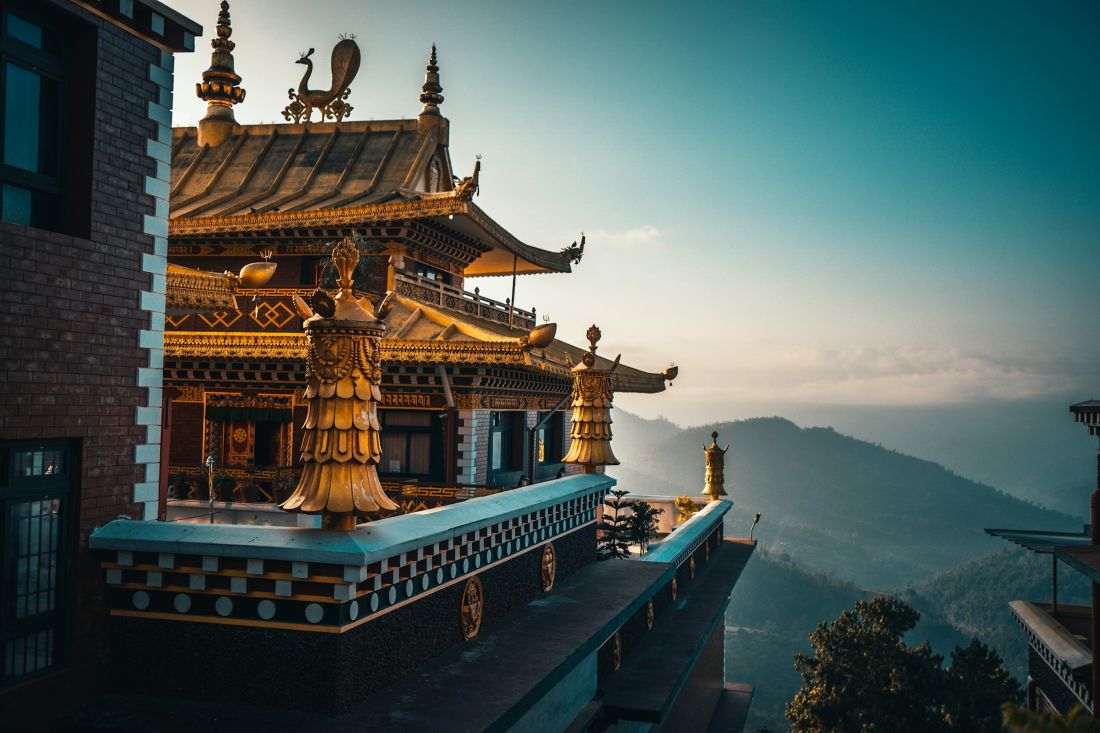
Today, after breakfast proceeds for Kathmandu city tour which covers Jal Narayan, Pashupatinath Temple, Swayambhunath,Kathmandu Durbar Sqaure & Guheshwori (Shakti Peeth), all are Major heritage & important sites of Nepal.
Overnight Stay in Kathmandu
Day 8: Kathmandu - Departure
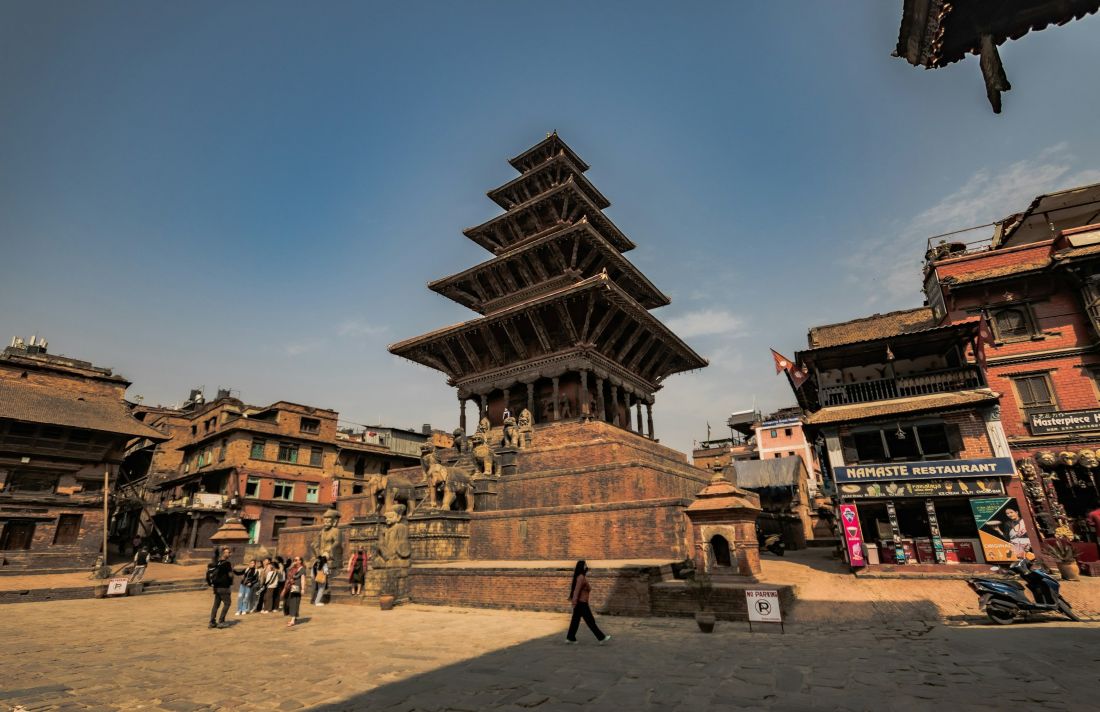
After breakfast you will be transferred to Airport for your onward journey
End Tour
Included/Excluded
Hotel Details
Nagarkot (1 Night)
Chitwan National Park (2 Nights)
Pokhara (2 Nights)
Kathmandu (2 Nights)
Nagarkot (1 Night)
Chitwan National Park (2 Nights)
Pokhara (2 Nights)
Kathmandu (2 Nights)
Nagarkot (1 Night)
Chitwan National Park (2 Nights)
Pokhara (2 Nights)
Kathmandu (2 Nights)
Experiences
 Adventure & Thrill
Adventure & Thrill Culinary & Food
Culinary & Food Culture, Heritage & History
Culture, Heritage & History Amusement / Theme Park
Amusement / Theme Park Lakes & Rivers
Lakes & Rivers Mountain & Hill Stations
Mountain & Hill Stations Nature & Wildlife
Nature & Wildlife Pilgrimage & Spiritual
Pilgrimage & Spiritual Scenic Drives
Scenic Drives Shopping & Local Markets
Shopping & Local Markets Spa & Wellness Retreats
Spa & Wellness RetreatsFAQs
Do I need a visa to visit Nepal?
What is the best time to visit Nepal?
What are the top tourist destinations in Nepal?
How can I get around within Nepal?
Do I need permits for trekking?
What are some local etiquettes to follow in Nepal?
What kind of food can I expect?
Is internet and mobile connectivity reliable?
Can I travel to Nepal by road from India?
What should I pack for Nepal?
Can I see Mount Everest without trekking?
Why is Kathmandu popular with tourists?
Why do tourists love Pokhara?
What is Chitwan famous for?
What are the best activities in Chitwan?
Why is Nagarkot famous?
Extra prices:
Discounts:
- {{total_price_html}}
- {{pay_now_price_html}}
















